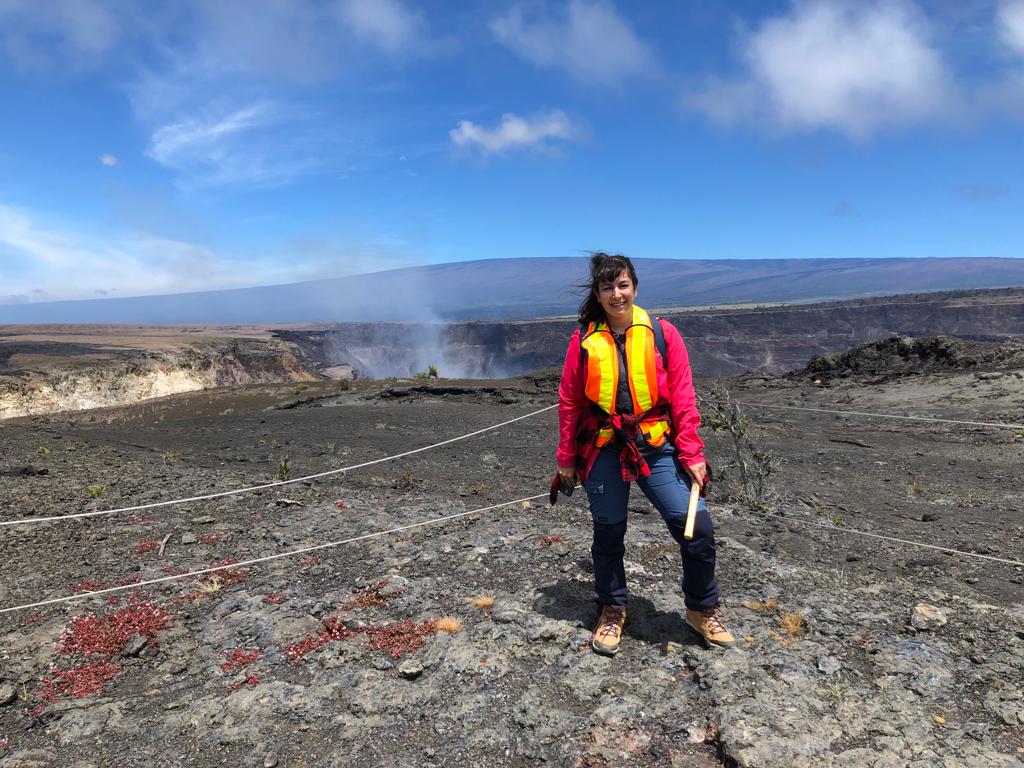
I am a second-year PhD Student at the University of Toronto, Canada under the supervision of Prof Corliss Kin I Sio. I was very honoured to be one of the first recipients of the TravelingGeologist Field Scholarship that supported sampling for my PhD in the Kilauea Volcano, Hawaii, USA. I am studying the kinetics involved during the entrapment of melt inclusions in magmatic systems. Melt inclusions are small pockets of magma trapped inside host crystals (such as olivine, pyroxene, plagioclase, etc) that are supposed to record the chemical composition of the melt during entrapment. Researchers analyze melt inclusions to understand the chemical evolution of volcanic systems, such as magma sources and the volatile content during entrapment. Even though melt inclusions are powerful tools, there are arguments that they may not be representative of the bulk melt during entrapment. Instead, they would record a local composition affected by the fast growth of the host crystal during disequilibrium conditions – more enriched in incompatible and depleted in compatible when compared to the bulk magma. This problem was recognized for years, but still, there is no definitive method to test which melt inclusions are in equilibrium or not with their host, i.e., which melt inclusions can be used for the interpretation of magmatic systems.
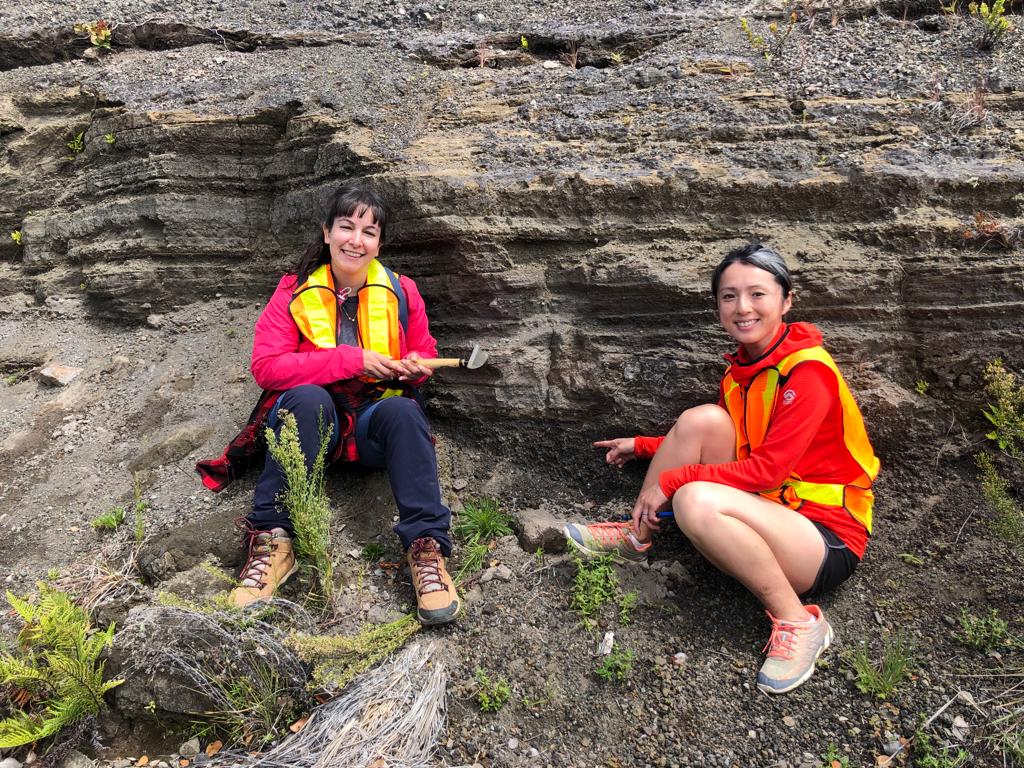
In my PhD, I am studying an ample variety of olivine-hosted melt inclusions aiming to develop a reliable technique to test disequilibrium melt inclusions. This technique is based on kinetic isotopic fractionation once different isotopes diffuse at different speeds. We are studying olivine with different morphologies once they grow at different rates – an important factor for melt entrapment. That’s why we went to Hawaii to collect samples from the Kilauea Volcano this past July.
Even though Kilauea is most known for its recent effusive eruptions, over the past centuries (1500 – 1820 C.E) it was marked by an explosive period still not well studied. It even reached a sub-Plinian size in some eruptions (Ferguson et al., 2016). The material produced during this explosive period is mostly composed of tephra ranging from reticulite-pumice layers to scoria fall deposits. Some of them are very rich in olivine with different morphologies in the same layer. We aimed for those tephras for the field sampling.
The field was led by PhD Kendra J. Lynn, from the USGS -HVO (U.S. Geological Survey, Hawaiian Volcano Observatory). She has been working on the area over the past few years and gave us great input on both geological and cultural aspects of the Kilauea history of activity. She also indicated the best places to sample the material we need. We then sampled tephra from different units of this explosive period. One of them is Unit E (~1650 C.E.) which records the most explosive activity of the volcano, and it has not yet been studied in detail. We sampled it in different subunits based on the granulometry of each layer, aiming to detail the description of each one of them – main phenocrysts populations, grain sizes, chemical composition, etc. Finally, we sampled a lava flow from September 1982 also from the Kilauea Volcano. This lava flow is also olivine-rich (olivine predominates as phenocryst) and will be used to test our method.
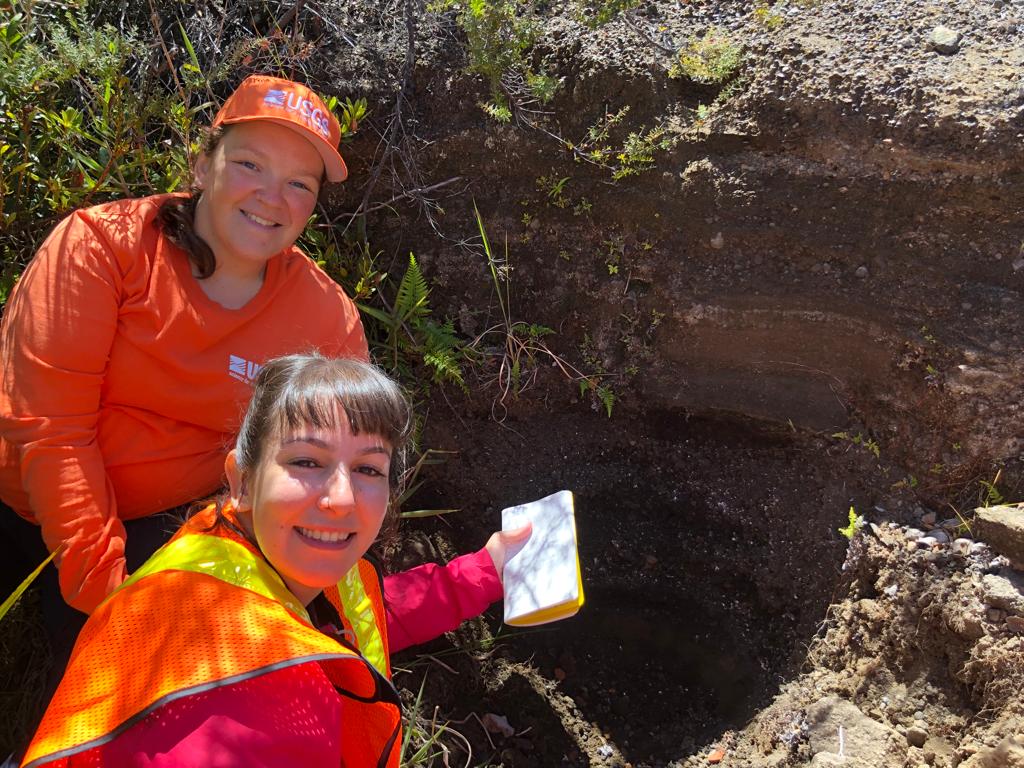
The overall experience around the Kilauea Volcano was astonishing. The volcano has such a power and being able to not only see it but also study it is a privilege I will always be grateful for. In July 2022, Kilauea was also magmatic active, so experiencing an active volcano, especially at night when all the colours of burning lava are visible from a distance is something I will always keep in my memory. As they say in Hawaii, Mahalo to the TravelingGeologist for supporting this amazing experience. I would also like to acknowledge that my work and samples come from the land recognized today as that of Native Hawaiians. Finally, I would also want to thank some people that make this trip possible: the staff from the NPS (Hawaii Volcanoes National Park), Prof Neil Bennett, Prof Dan Gregory, and Abigail Nalesnik for their support. I am currently processing the material brought from Hawaii. Tephra is very fragile and some of the crystals have skeletal shapes, so we need to make sure we preserve most of their original features. We have already found several skeletal crystals – something not that commonly described in nature. We are very excited about what this new batch of samples will bring us. Keep up with updates on what those amazing and unique crystals will tell us!
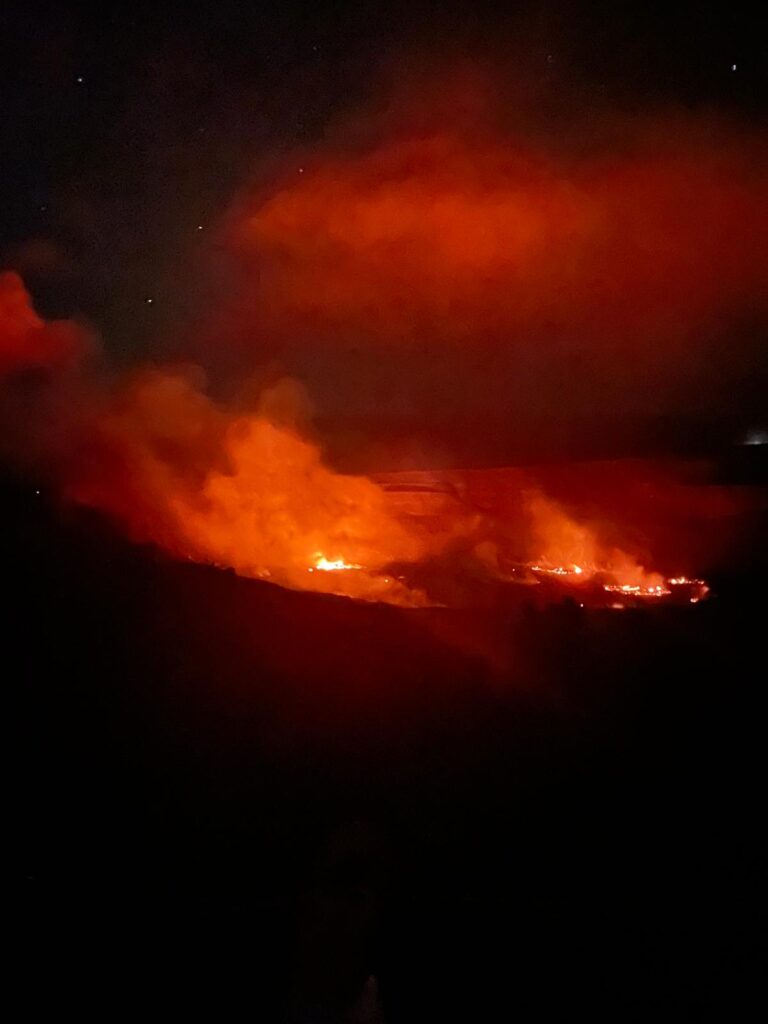
You can learn more about the TG Field Scholarships here.
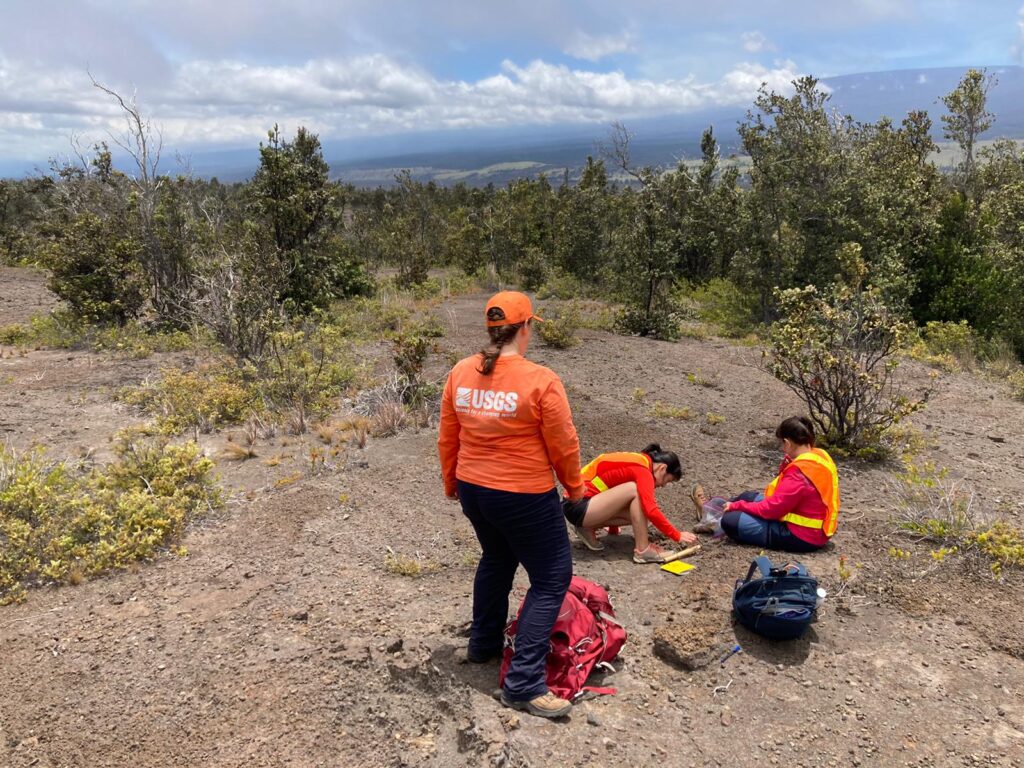
![]() This work is licensed under a Creative Commons Attribution-NonCommercial-ShareAlike 4.0 International License.
This work is licensed under a Creative Commons Attribution-NonCommercial-ShareAlike 4.0 International License.
